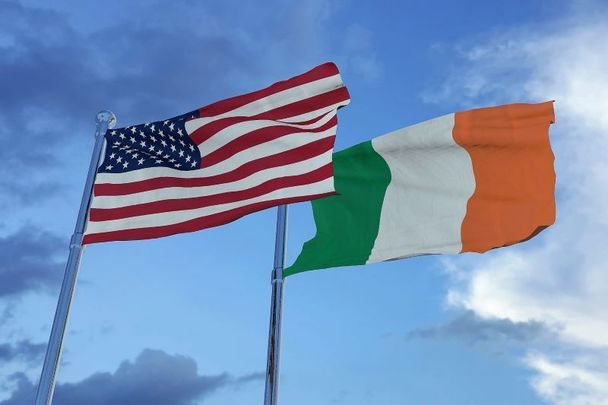The revelation from the US Census Bureau that in 2020 there were nearly 39 million self-described Irish Americans in the United States has come as a major surprise to many Irish American leaders who had believed the numbers were dropping off.
Though the 2020 data was collected differently than in previous Censuses, the most recent figures show an increase from the 2010 figure where 34.7 million people identified as having Irish ancestry, and a further increase from the 2000 figures where 30.5 million people identified as having Irish ancestry.
The general narrative that the number of Irish Americans was dropping off was because emigration from Ireland had slowed to a trickle and later-generation Irish Americans were less connected to their ancestral land.
It seems, however, with more accurate genealogical research and updated US Census data, that the prevailing sense of the community was wrong.
That’s bad news for those organizations that have raised funds and support based on the idea, now disproven, that the numbers of Irish Americans were descending rapidly and non-Irish connected in some other way, culturally perhaps was where the focus should be.
Instead, the truth is the death of Irish America has been greatly exaggerated, a frequent occurrence in the past.
What are the dynamics behind the surprising figure? In conversation some years ago with a top Ancestry.com expert, he stated that from their research Irish ancestry was the most hidden background of all.
Time and again they found that the Irish were a far greater core ancestry in the making of America than was previously believed.
He also stated that there were far greater numbers of Irish in America even pre-Famine than was generally accepted.
The other factor, obviously, at the other end of the scale is that a 2017 poll conducted by this website and NYU University by Amárach, one of Ireland’s largest polling companies, of 1,200 responders under 45 showed that 98 percent of respondents stated they got their prime information from Facebook and social media.
This is an incredible factor, one that is so blindingly obvious, yet one that has failed to register fully.
In other words, the explosion of knowledge about Ireland and the huge number of organizations who first encounter their heritage online rather than from a visit to the old country is very real.
The Amárach Poll Convenor Ted Smyth of NYU told the Irish Times the survey showed Irish American identity was having a resurgence.
“It becomes more meaningful in a turbulent world,” he said at the time.
“The Irish identity is no longer seen as being assertive or against other identities. It’s more convenient. It’s a very fluid, organic, dynamic thing.”
In other words, it's a good identity to be Irish in America.
Looking forward, we must consider the impact of an Irish American President deeply interested in his own roots, the spectacle of Notre Dame bringing 39,000 Irish Americans to Ireland for a football game, and the advent of far more frequent flights, up to 25 a night, by major airlines, all of which show a powerful undercurrent pulling people back into their roots.
It is invaluable information about Ireland’s key links with the USA and, indeed, the Diaspora worldwide.
So let us celebrate that far from dying out, the number who name their ethnicity as Irish is actually growing very fast indeed. That is surely very welcome information for future planning.




Comments